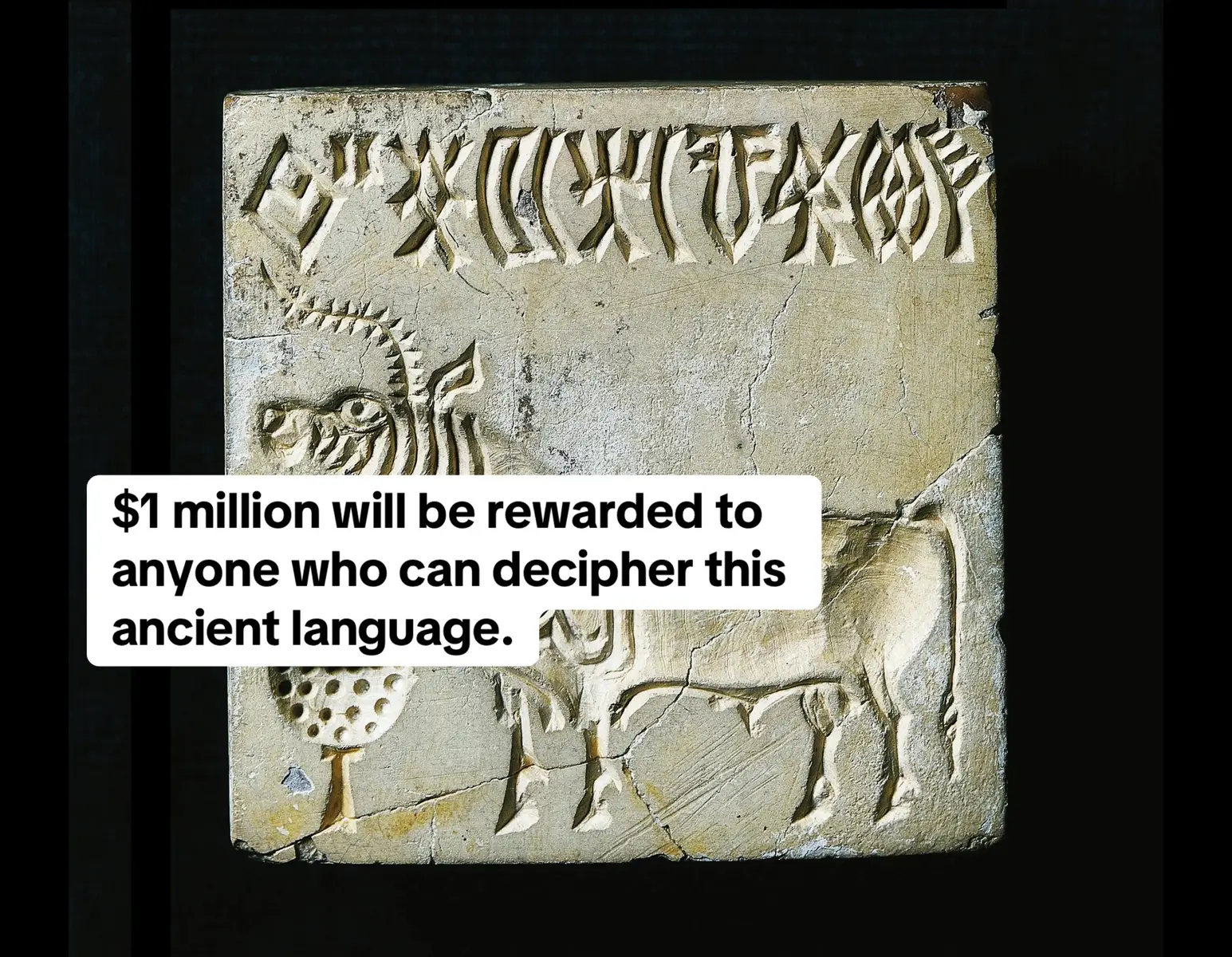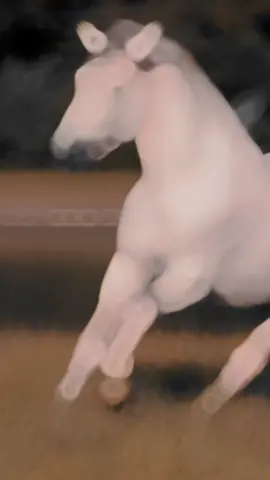Dina Mu
Region: BA
Saturday 02 August 2025 08:04:28 GMT
170619
3964
64
539
Music
Download
Comments
soviiic :
ja koje sam srece, na toj visini bi me auto udarilo
2025-08-03 09:12:49
178
Ljepote prirode :
Gdje je ovo?
2025-08-04 15:07:41
1
..DŽENIS.♣️.MUŠIĆ.. :
ja ne znam da bi ovo prezivio
2025-08-03 20:31:24
9
Jaca@Mina :
da se placa možda bi išla.. vako se besplatno stresirati ne ide
2025-08-04 11:56:52
0
Svijet Ljubimaca Cazin :
Ja bi umrla 😂
2025-08-02 13:42:43
28
EmaAdo🇧🇦🇦🇪🇦🇱🇹🇷🇭🇷🇷🇸 :
Jest ovo dobro 👌👌👌👏👏👏👏Hoću ija❤️❤️❤️❤️❤️❤️❤️❤️❤️❤️❤️❤️❤️❤️❤️
2025-08-02 19:57:48
1
Sanela Neliii :
mene bi srcka opalila 😂
2025-08-03 14:54:19
8
Janja Šabič :
to moram probat
2025-08-02 18:10:54
3
SXXXCP :
👏👏srce Bosansko,aferim,👍
2025-08-03 05:44:20
2
Vučica :
Svaka ti čast
2025-08-04 20:57:14
1
HSN_KRAJISNIK⚜️ :
bojao sam se aviona i otisao sam namjerno avionom da sjebem strah i sad vozim se i spavam u avionu...ovo je sljedeci strah sto cu probati 😂
2025-08-03 08:53:58
11
Milićević Mladen Mili :
Bravo. Svaka čast.
2025-08-04 15:05:28
1
.Hasiba Durek. :
mene strah gledati😃
2025-08-05 20:13:30
0
User1425990 :
Gde je bre ovo
2025-08-04 11:59:51
0
meryem31117 :
Želim i ja☺️🩷
2025-08-04 16:02:20
1
Belma👑 :
Svaka cast❤️
2025-08-02 21:14:25
2
sebilae :
Gdje je ovo?👍👍👍
2025-08-02 15:11:54
3
Edin :
Svaka čast za hrabrost👍
2025-08-02 14:41:47
5
mustaficdina :
Koliko bude?
2025-08-03 09:49:40
1
SALE Citati/mudre izreke. :
Prelijepo 🇧🇦😍. za gledati 🤣
2025-08-04 09:04:21
1
user6177550380723 :
🤩superrrrr🤗
2025-08-04 11:49:09
1
Roses & Bears Boutique :
cijena?
2025-08-04 17:23:18
0
Boss Elo Österreich 184 :
bravo
2025-08-03 18:09:44
1
Milićević Mladen Mili :
prelijep pogled na prirodu. To je doživljaj.
2025-08-04 15:07:21
1
ali :
Svaka cast👏👏👏👏👏
2025-08-02 09:14:21
2
To see more videos from user @dinaa.mu, please go to the Tikwm
homepage.





